个项目 projects for
篇文章 articles for
名合伙人 principals for
城市中的引力场——城市微空间复兴计划2018年工作营
Gravitational Field in the City – 2018 Work Camp of the Urban Micro Space Revival Plan
2018.06.05
2018年6月15日下午,由GOA大象设计与Let's talk学术论坛共同举办的“城市中的引力场”建筑专业论坛在东南大学中大院举行。作为2018年城市微空间复兴计划工作营的启动会,吸引了广大师生、建筑实践者和学者们齐集一堂。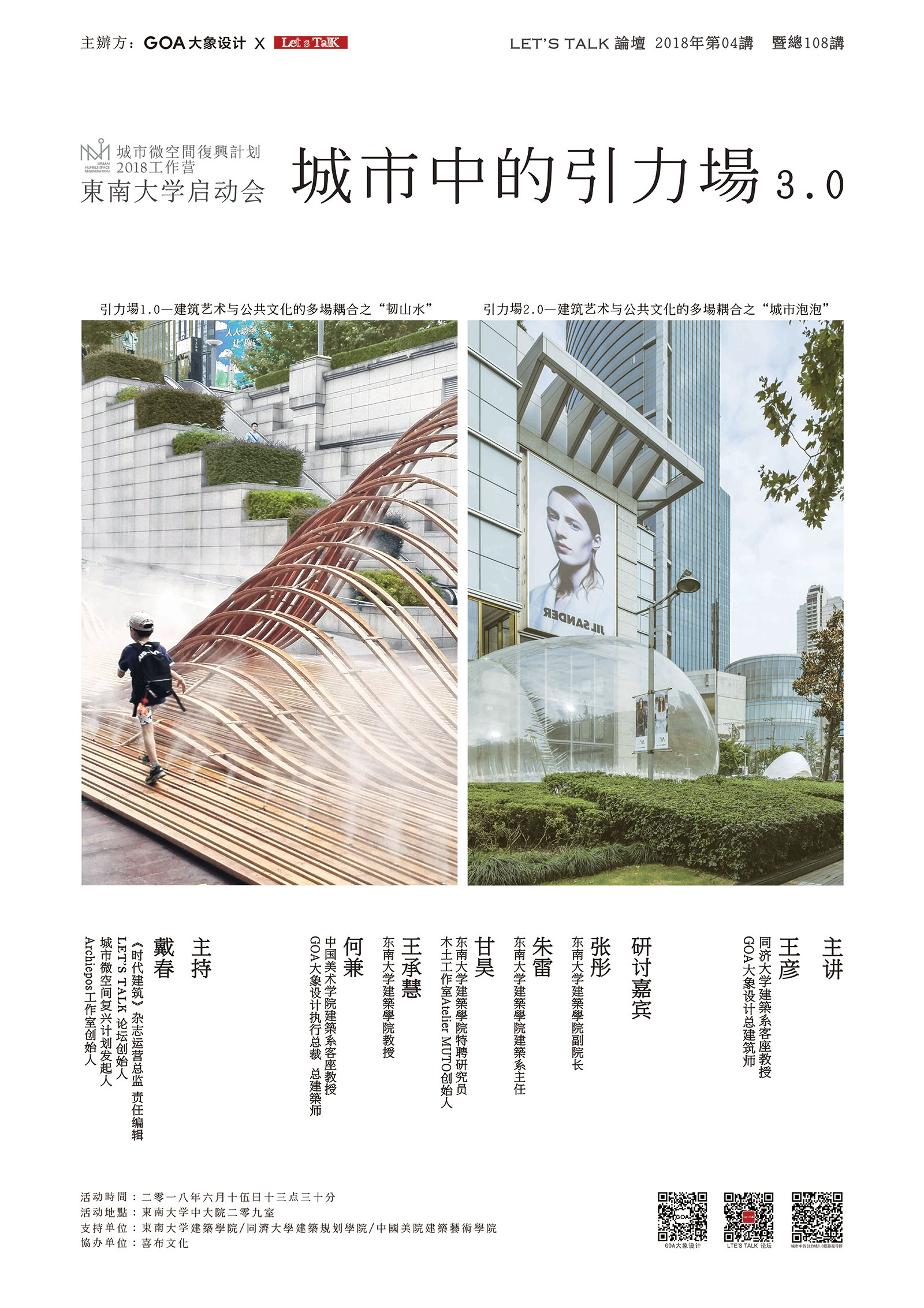
“引力场——建筑艺术与公共文化的多场耦合”是由GOA大象设计发起的系列活动,迄今已成功举办两届。GOA大象设计希望通过特定公共空间改造项目的研究、建造过程,发现和培养未来优秀青年建筑师,为他们提供展现创造力的平台;同时,建成项目将成为融合社区活动、艺术表演、亲子游乐等多功能于一身,激发街区活力的“城市引力场”。 该系列活动曾在2015上海艺博会、2016“国际青年创意文化周”中引发热烈反响。
在本届“引力场”中,GOA大象设计携手Let's talk学术论坛“城市微空间复兴计划”,共同延续对城市更新的关注。同时,GOA大象设计将为“城市微空间复兴计划2018年工作营”项目的暑期实习学生提供指导并承担主要的设计搭建工作,成果将于11月初在上海当代艺术博物馆(PSA)前广场搭建呈现,并有一系列学术及公众活动随之展开。
在昨天的论坛中,同济大学建筑与城规学院客座教授、GOA大象设计合伙人、总建筑师,王彦为大家做了精彩的演讲,他分享了GOA大象设计的一系列城市微更新案例的设计、搭建及使用过程。这些案例中不仅有利用场地闲置狭长空间设计的咖啡馆;更有运用竹钢、TPU等高新材料制作的实验性城市装置“韧山水”、“ 城市泡泡”等。作为公共艺术项目,“引力场”不单纯拘泥于场域概念或是固定形式的作品,更强调一种“公共性”,即与大众之间的交流分享、共同创造。这种交流和创造将通过两个层面实现。
主题分享后,与会嘉宾东南大学建筑学院副院长,张彤;东南大学建筑学院建筑系主任,朱雷;东南大学建筑学院特聘研究员、木土工作室Atelier MUTO创始人,甘昊;东南大学建筑学院教授,王承慧;中共南京市秦淮区委政策研究室副主任,束高骏;中国美术学院建筑系客座教授,GOA大象设计执行总裁、资深合伙人,何兼等对当前城市的发展、如何激发城市活力、自上而下的改造困难和潜力和城市建设中相关政策等问题展开了深入的讨论.。
Let`s talk创始人,城市微空间复兴计划发起人,同济大学《时代建筑》杂志运营总监、责任编辑,戴春老师认为:“随着我国的城市发展逐步走入稳步发展的渐进式更新阶段。除了自上而下的宏观调整,自下而上的’微更新’也是不可或缺的一部分。我们经历过宏伟的史诗般的城市建设,盖了许许多多高大建筑,然而这些高大建筑解决不了很多细微人的具体困境。好的城市,在于的是所有人在里面感觉到放松,愉悦、有安全感。这个城市总是有一个合适他的角落对他绽放微笑。”
本次“城市中的引力场——城市微空间复兴计划2018年工作营”项目得到东南大学建筑学院、同济大学建筑城规学院、中国美术学院建筑艺术学院支持,喜布文化协办。后续会根据设计项目的推进分别在中国美术学院和上海举办一系列公众活动,敬请期待。
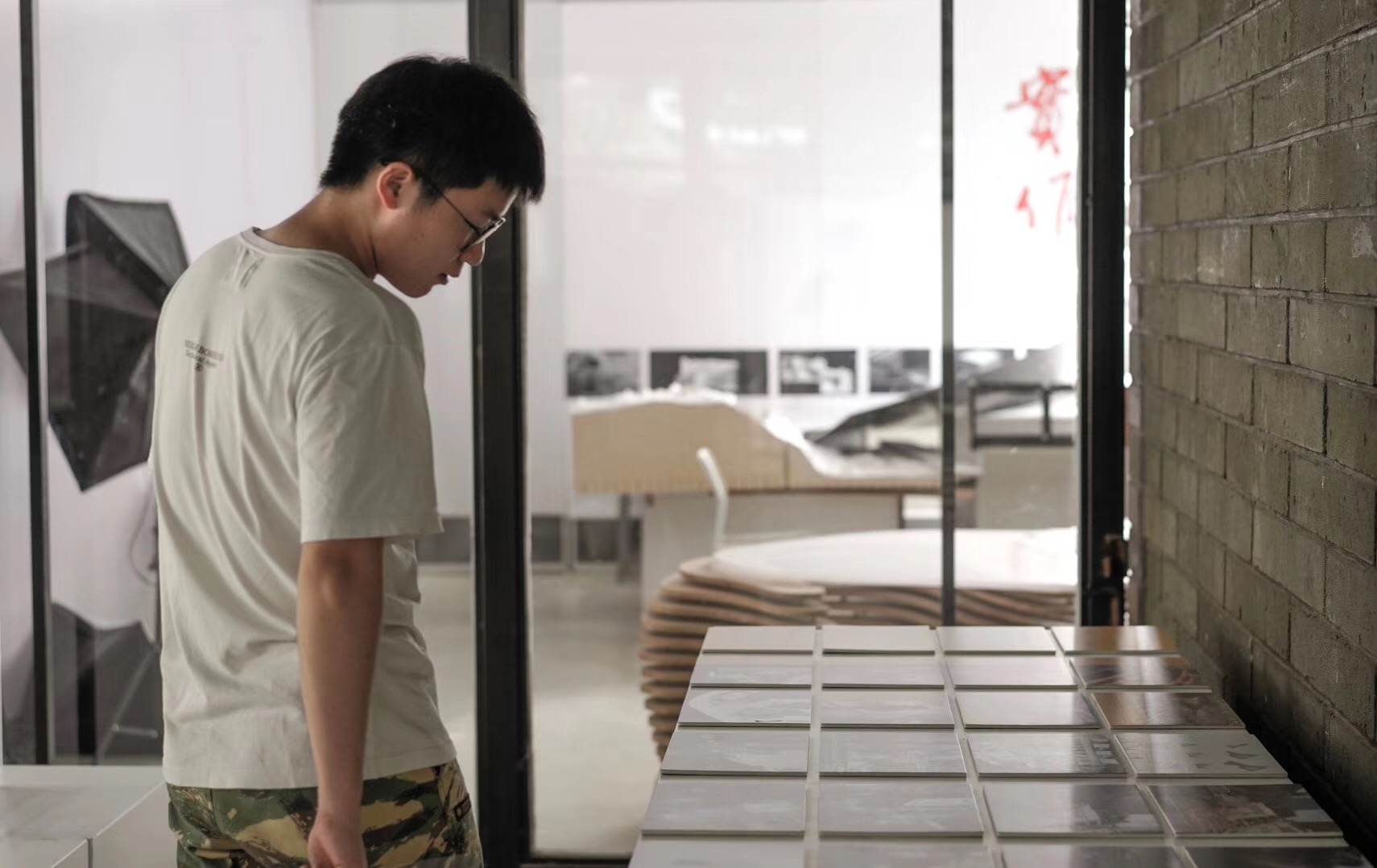
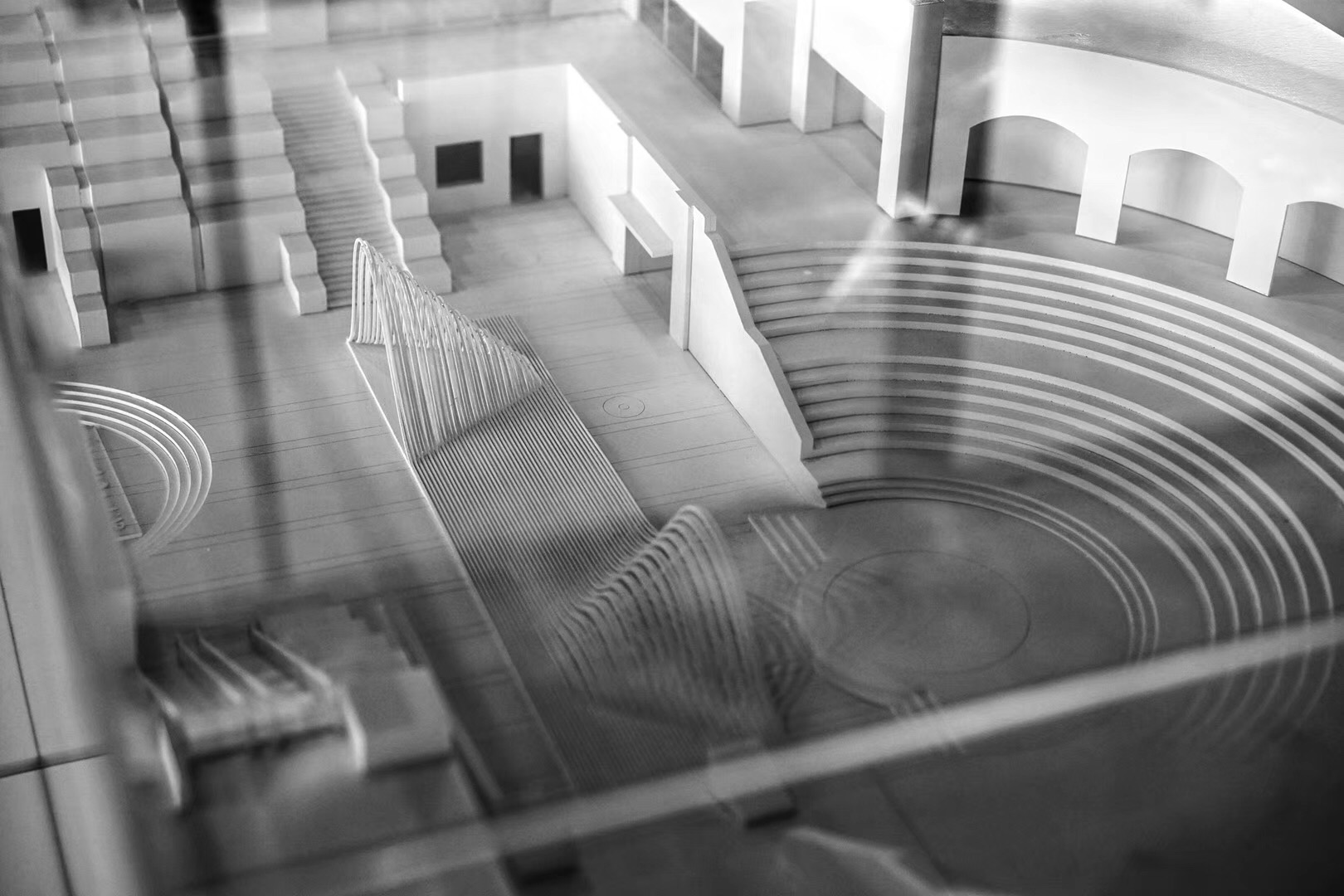
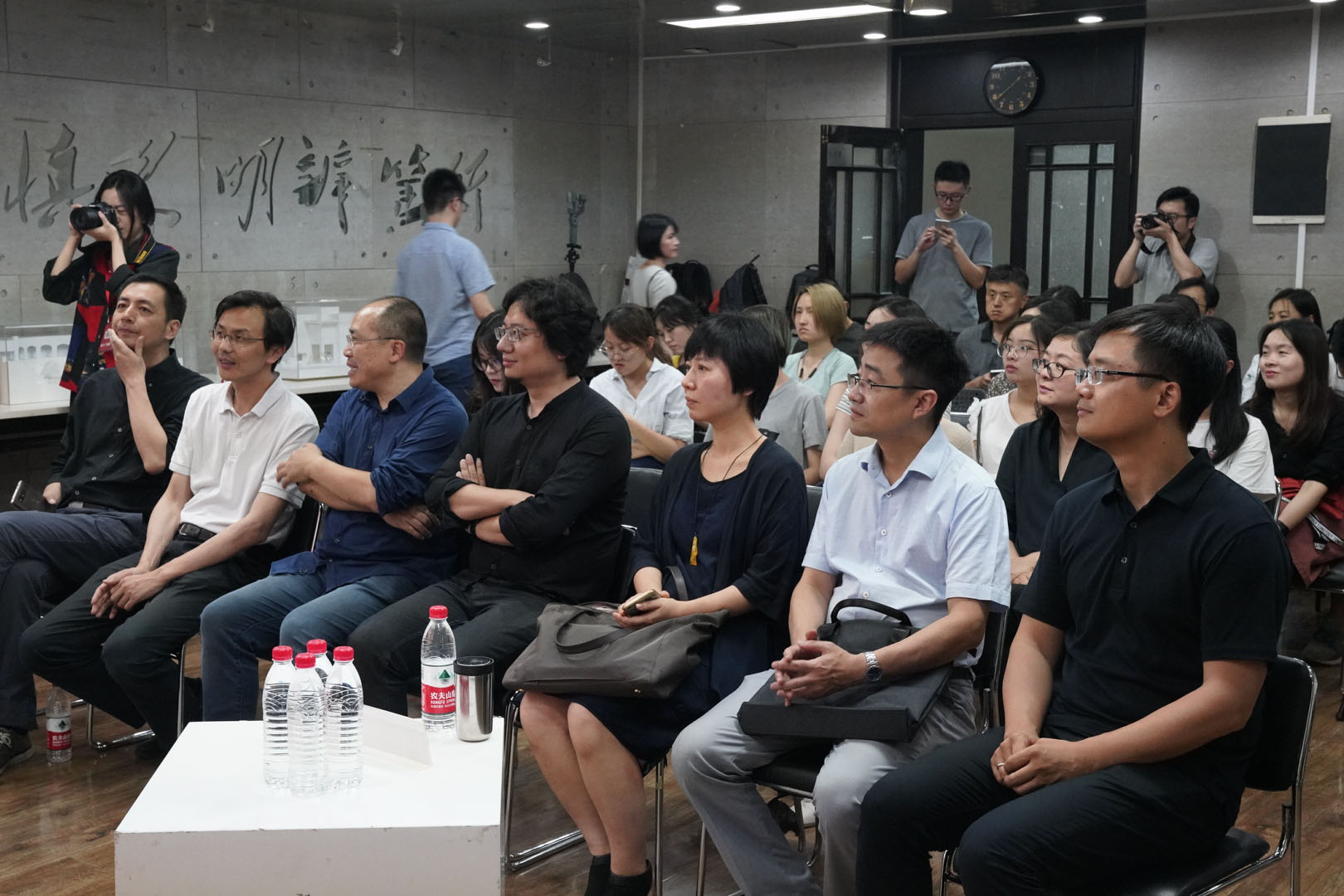
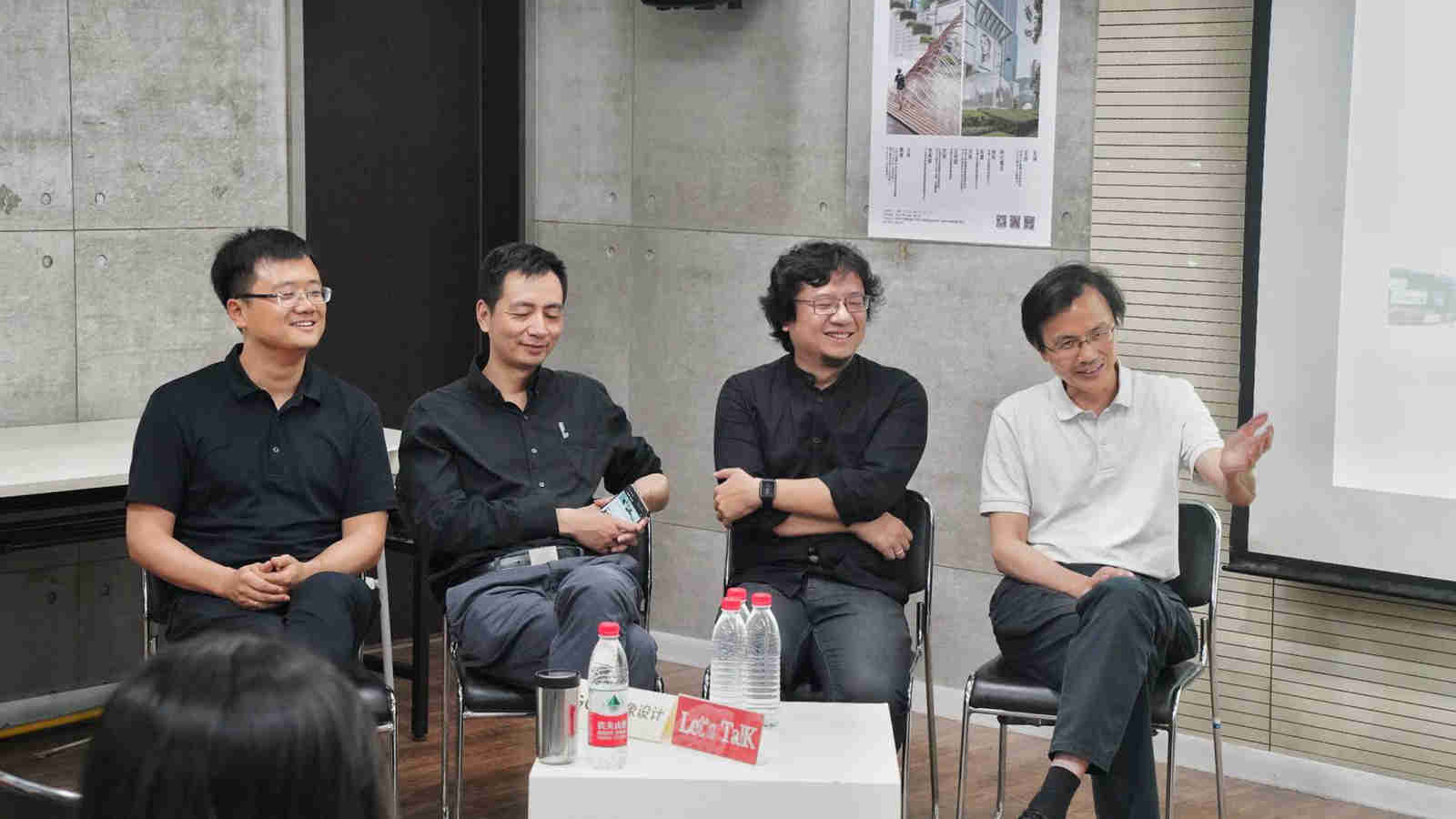
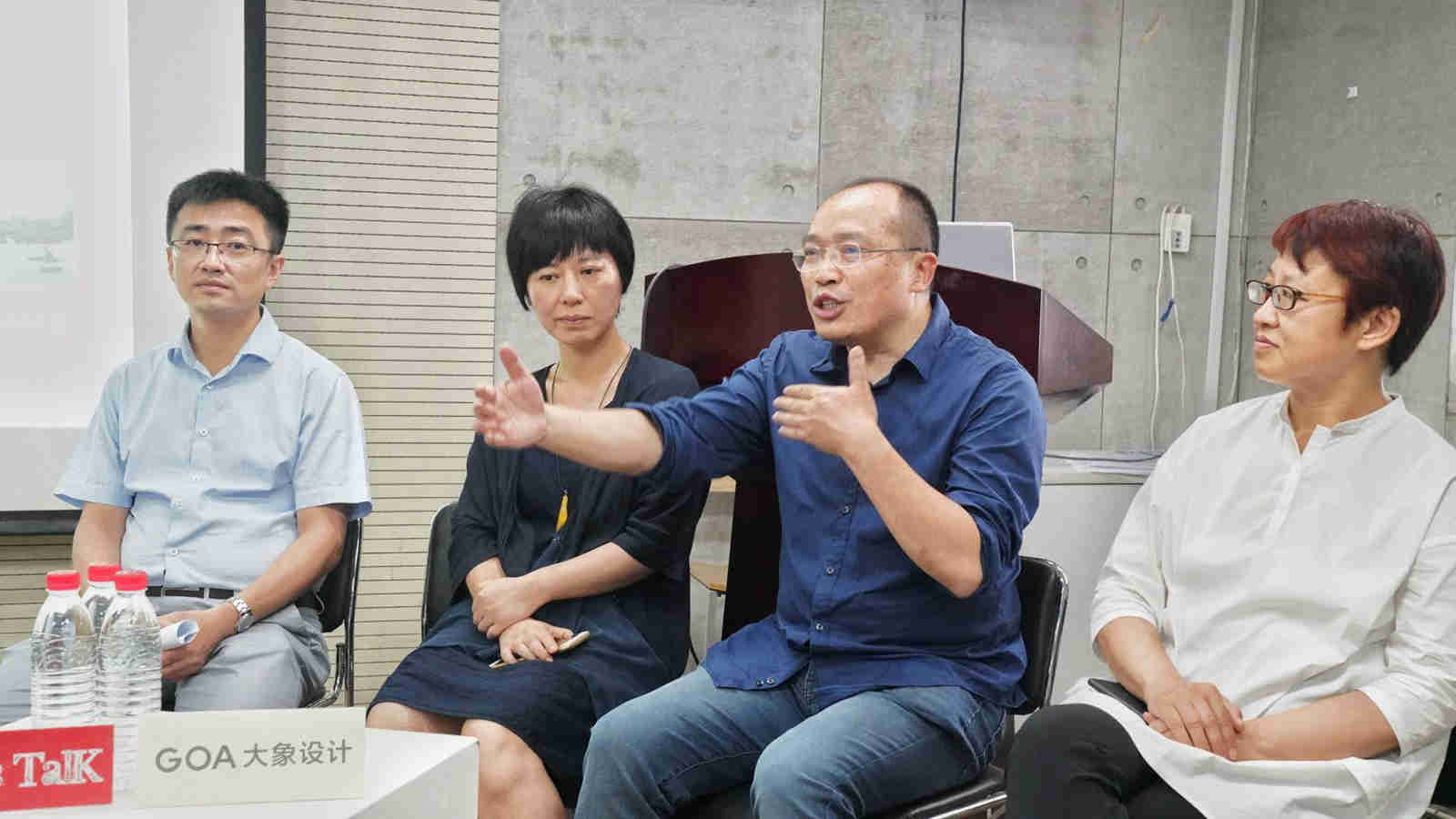
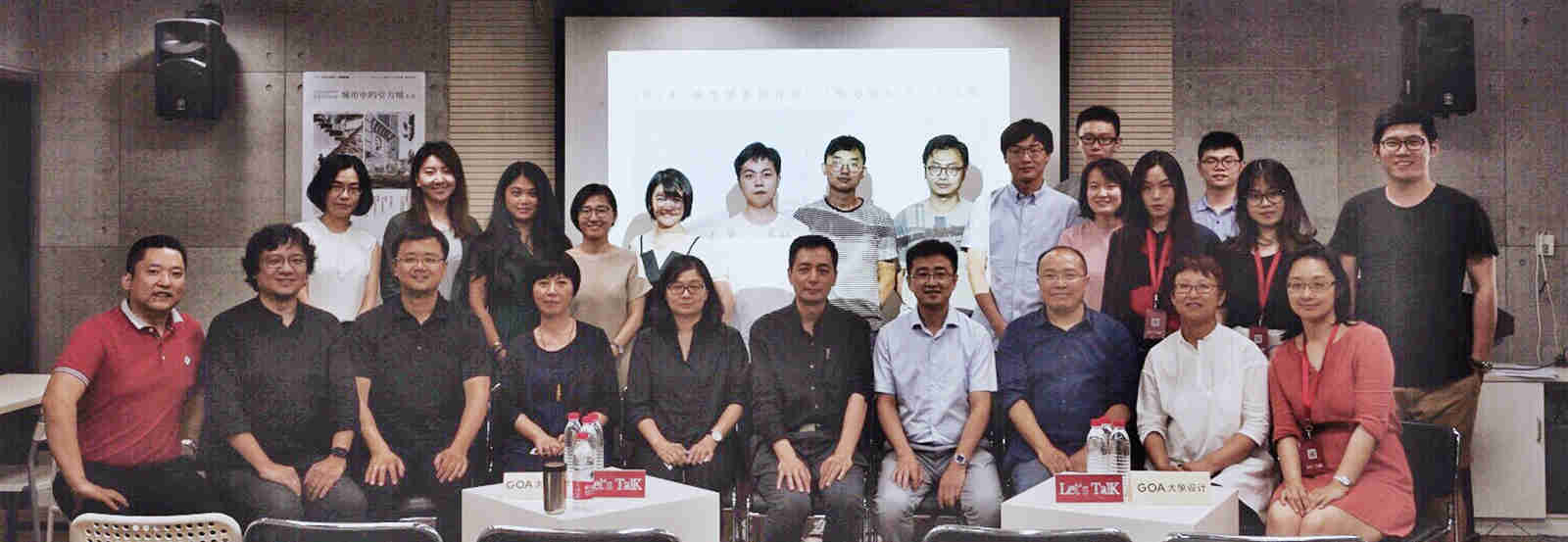
On the afternoon of June 15, 2018, the Architecture Forum themed with “Gravitational Field in the City” and organized by GOA and Let’s Talk was held at Southeast University. As the initiation meeting for the 2018 Work Camp of the Urban Micro Space Revival Plan, it attracted the attendance of a large number of students, teachers, architects and scholars.
“Gravitational Field – A Link between the Art of Architecture and the Public Cultural Life” is an event launched by GOA. So far, there have been two successful editions of Gravitational Field. GOA hopes to identify and cultivate promising young architects through the research & construction of specific public space revival projects, and provide them with good opportunities to demonstrate creativity. In the meanwhile, each project completed will become a “gravitational field in the city”, providing spaces for community activities, artistic performances and parent-child games to spice up the vim and vigor of city blocks. The program once received warm responses during the 2015 Shanghai Art Fair and the 2016 International Youth Innovation Culture Week.
For Gravitational Field 2018, GOA has partnered with Let’s Talk to promote the Urban Micro Space Revival Plan and sustain people’s attention to urban space revival. In addition, GOA will provide summer interns of the 2018 Work Camp of the Urban Micro Space Revival Plan with guidance, and undertake the design and setup work. The final installation will be set up and shown to the public at the front square of the Power Station of Art (PSA) in early November, and a series of academic activities and public events will be organized too.
During yesterday’s forum, Wang Yan, visiting professor at the College of Architecture & Urban Planning of Tongji University and partner and chief architect of GOA, delivered an insightful speech. He shared a series of urban micro-space revival cases by GOA, covering design, construction and utilization processes. The cases include a café designed by making use of an idle long and narrow space, experimental urban installations “Resilient Mountains and Waters” and “City Bubbles” featuring the employment of new high-tech materials such as bamboo steel and TPU. As a public art program, the Gravitational Field is not confined to sites or fixed forms of expression. Rather, it highlights possibilities of communication and interaction with the public and co-creation. Such interface and creation are achieved through two dimensions.
After a theme presentation, Zhang Tong, Deputy Dean of the School of Architecture of Southeast University, Zhu Lei, Dean of the Department of Architecture of the School of Architecture of Southeast University, Gan Hao, special researcher with the School of Architecture of Southeast University and founder of Atelier MUTO, Wang Chenghui, professor of the School of Architecture of Southeast University, Shu Gaojun, Deputy Director of the Policy Research Office of Qinhuai District of Beijing, He Jian, visiting professor of the School of Architecture of China Academy of Art and Executive President and Senior Principal of GOA, had an in-depth discussion about the current city development, how to inspire the vigor of the city, urban revival challenges and potentials, and urban development policies.
Dai Chun, founder of Let’s talk, founder of the Urban Micro Space Revival Plan, and operation director and editor of Time + Architecture, Tongji University’s magazine, said, “The urban development in China is now in the phase of steady development and gradual renewal. In addition to macro adjustments, micro revival is also an integral part. We have experienced epic urban development, and we have built numerous high-rises. However, skyscrapers cannot help solve subtle challenges. A good city should be able to make everyone felt relaxed, pleasant and secure. There should always be a space in the city that can make one feel comfortable and smile.”
The program, “Gravitation Field in the City – 2018 Work Camp of the Urban Micro Space Revival Plan”,was supported by the School of Architecture of Southeast University, the College of Architecture and Urban Planning of Tongji University, and the School of Architecture of China Academy of Art, in collaboration with XiBu Culture. In the future, a series of public events will be organized at China Academy of Art and in Shanghai depending on the progress of the design project.





更多文章 More Articles
goa新闻 | 王彦、卿州受邀出席RIBA City Room圆桌
GOA News | Wang Yan and Qing Zhou Invited to Attend RIBA City Room Roundtable
2025.03.27
goa新闻 | 总建筑师张迅受邀参与 Mechele De Lucchi The Equation 美院讲座
GOA News | Zhang Xun was Invited to Speak at Mechele De Lucchi's "The Equation" Lecture at China Academy of Art
2025.02.18
goa奖项 | 天目里荣膺2024年亚洲建筑师协会建筑奖金奖
GOA Awards | OoEli Wins the 2024 ARCASIA Gold Medal for Architecture
2025.02.14
goa新闻 | 新湖·天潼198荣获REARD城市更新类别金奖
GOA News | Xinhu·Tiantong 198 won the REARD Gold Award in the Urban Renewal category
2025.01.06
goa新闻 | 「城市更新策略与实践」研讨会回顾
GOA News | "Urban Renewal Strategies and Practices" Seminar Recap
2024.10.11
goa新闻 | “象·新:多元视域下的城市更新实践”展览开幕
GOA News | Group of Architects: Urban Renewal Practices under Multiple Perspective
2024.08.01